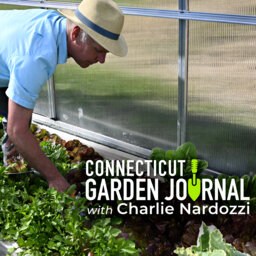Connecticut Garden Journal: Fall-planting garlic and shallot varieties
With our warm fall, we're still enjoying fresh tomatoes, peppers, greens, and zucchini from the garden. But it's also time to start thinking about planting garlic and shallots. These two alliums are easy to grow. Unlike other veggies, you plant garlic and shallots in the fall for an early summer harvest.
There are two main types of garlic: hardneck and softneck. Hardneck varieties, such as 'Romanian Red' and 'German Extra Hardy', form a flower stalk or scape in spring that can be harvested and eaten. We make a mean pesto from garlic scapes. Even if you don't like eating the scape, it still should be removed to get larger garlic bulbs. Softneck varieties, such as 'New York White' and 'Inchelium Red', have soft leaves that are good for braiding. They last longer in storage than hardneck types.
Plant garlic cloves 3- to 5-weeks before the ground freezes. Planting too early stimulates them to grow this fall, so wait until late October or early November to plant this year. The night before planting, break apart the bulbs into cloves. Leave them overnight to callous on the bottom, basal plate for best rooting. The next day plant, on compost amended raised beds, spacing the cloves pointy side up, 6 inches apart and a few inches below the soil deep. Water well and cover with straw or hay for winter protection.
Shallots are another allium that can be fall planted. These small onions have a delicate, milder flavor than regular onions and are favorites in French cooking. Plant 'Dutch Yellow' and 'French Red' shallot varieties the same way you plant garlic.
 Connecticut Garden Journal
Connecticut Garden Journal


